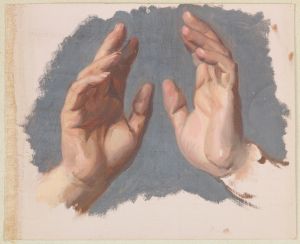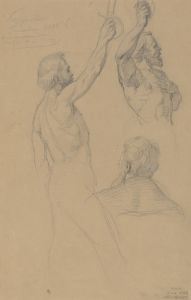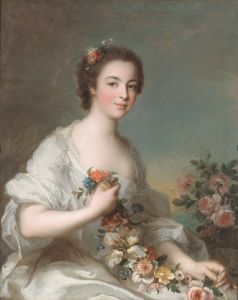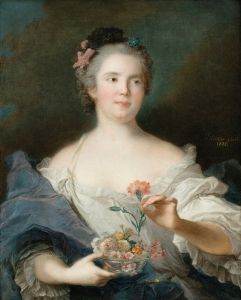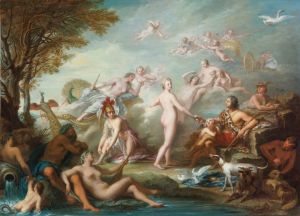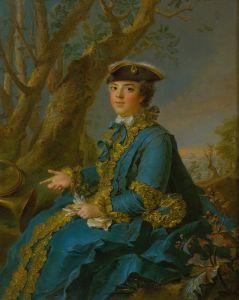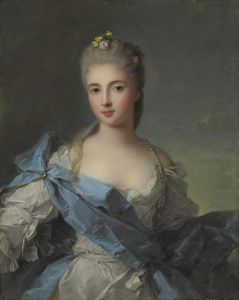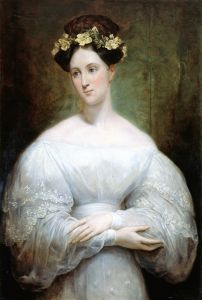
Madame Henriette de France as a Vestal Virgin
A hand-painted replica of Jean-Marc Nattier’s masterpiece Madame Henriette de France as a Vestal Virgin, meticulously crafted by professional artists to capture the true essence of the original. Each piece is created with museum-quality canvas and rare mineral pigments, carefully painted by experienced artists with delicate brushstrokes and rich, layered colors to perfectly recreate the texture of the original artwork. Unlike machine-printed reproductions, this hand-painted version brings the painting to life, infused with the artist’s emotions and skill in every stroke. Whether for personal collection or home decoration, it instantly elevates the artistic atmosphere of any space.
Jean-Marc Nattier's Madame Henriette de France as a Vestal Virgin is an 18th-century oil painting that exemplifies the artist's skill in combining portraiture with allegorical themes. Painted in 1758, the work depicts Madame Henriette de France, the daughter of King Louis XV of France, in the guise of a Vestal Virgin, a role that symbolizes purity and devotion. This painting is one of several allegorical portraits created by Nattier, who was renowned for his ability to portray members of the French royal family and aristocracy in idealized, mythological, or symbolic roles.
Madame Henriette, whose full name was Henriette-Anne of France (1727–1752), was the twin sister of Madame Élisabeth and one of the eight children of Louis XV and Queen Marie Leszczyńska. She was known for her beauty, musical talent, and close relationship with her brother, the Dauphin Louis. Although she never married, Henriette was a prominent figure at the French court until her untimely death at the age of 24.
In this painting, Nattier portrays Henriette dressed in the white robes of a Vestal Virgin, a priestess of Vesta in ancient Roman religion. The Vestals were tasked with maintaining the sacred fire of the goddess Vesta and were venerated for their chastity and dedication. By depicting Henriette in this role, Nattier aligns her with the virtues of purity and piety, qualities that were highly esteemed in 18th-century France, particularly for women of the royal family.
The composition of the painting is typical of Nattier's style, with a focus on elegance and refinement. Henriette is seated gracefully, her serene expression and delicate features highlighted by soft lighting. The white drapery of her costume is rendered with meticulous attention to texture, and the background includes classical architectural elements that evoke the setting of ancient Rome. These details serve to enhance the allegorical nature of the portrait while emphasizing Henriette's noble status.
Nattier's work was highly sought after during his lifetime, and his portraits of the French royal family contributed to his reputation as one of the leading portraitists of the Rococo period. However, his career declined after the French Revolution, as the demand for royal portraiture diminished.
Today, Madame Henriette de France as a Vestal Virgin is considered an important example of Nattier's oeuvre and a reflection of the artistic and cultural values of the French court in the mid-18th century. The painting is housed in the Musée National des Châteaux de Versailles et de Trianon, where it remains a testament to the opulence and sophistication of the Ancien Régime.





